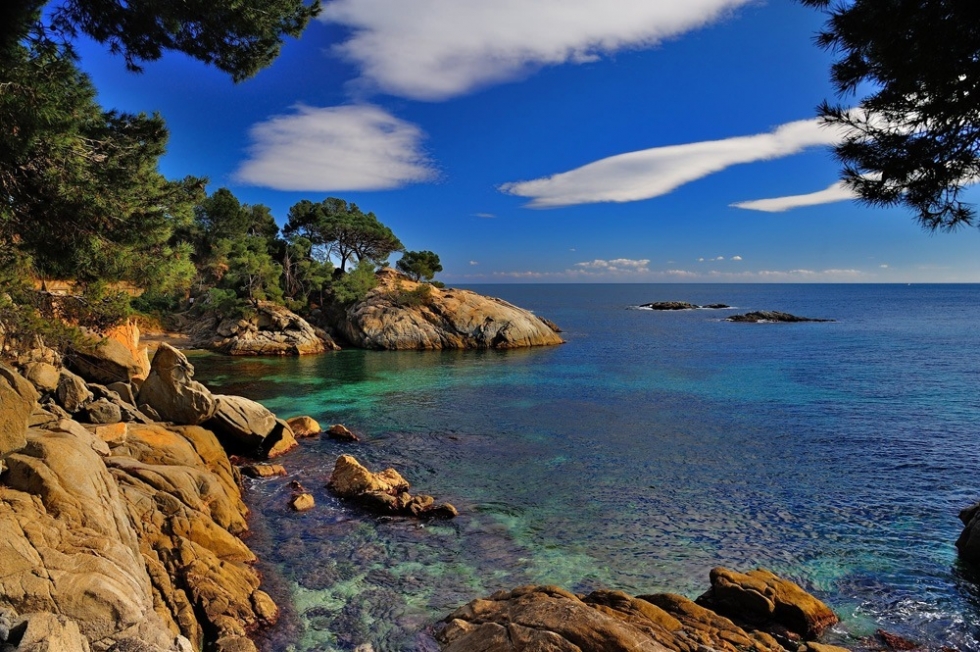Calonge, Catalonia, Spain. Situated on the coastline of the Costa Brava, the town is a popular seaside resort with a Medieval old town on the top of the hill. The most remarkable architectural pieces are the Medieval castle, Sant Martí Church and a web of narrow streets, that feature numerous little shops and cafes.
The coast is quite a dramatic one. It features nice sandy beaches perfect for bathing, but there are also hidden coves, that can be explored by the more adventurous visitors. Also coastal winds create bigger waves, that attract surfers to the town. The hiking trails on the cliffs provide amazing walking opportunities and viewpoints to admire the sunsets.
Why to go there?
A picturesque and romantic town for a relaxing vacation. Slow pace allows to enjoy the nature and historic architecture, while various beaches provide versatile water activities.
When to go there?
The town drops into the Mediterranean climate zone. Spring, summer and early autumn are the best seasons to go there enjoy the beaches.
How to get there?
The nearest airport is in Girona. From there get to Calonge by bus in only 45 minutes.
Read more or book: Hotels in Calonge
Lead photo by Jaume Castane
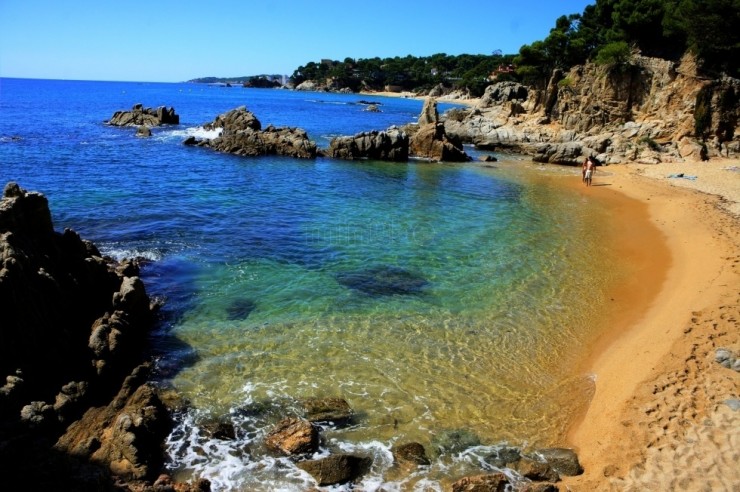
Photo by Unknown
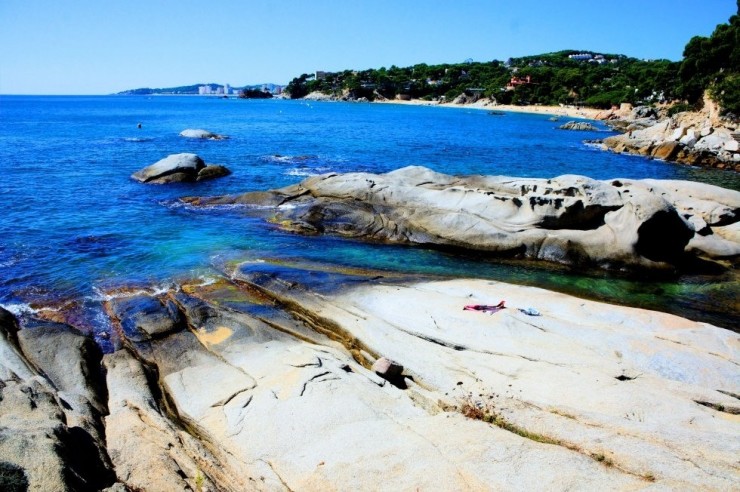
Photo by Unknown
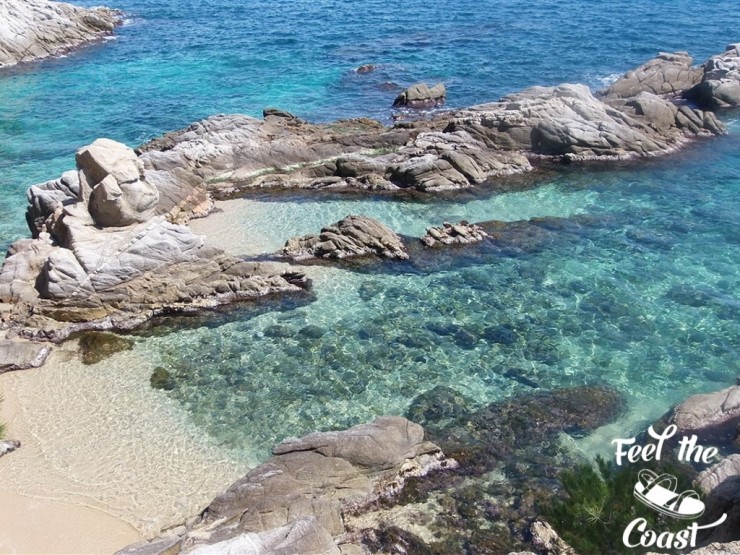
Photo by Feel the Coast
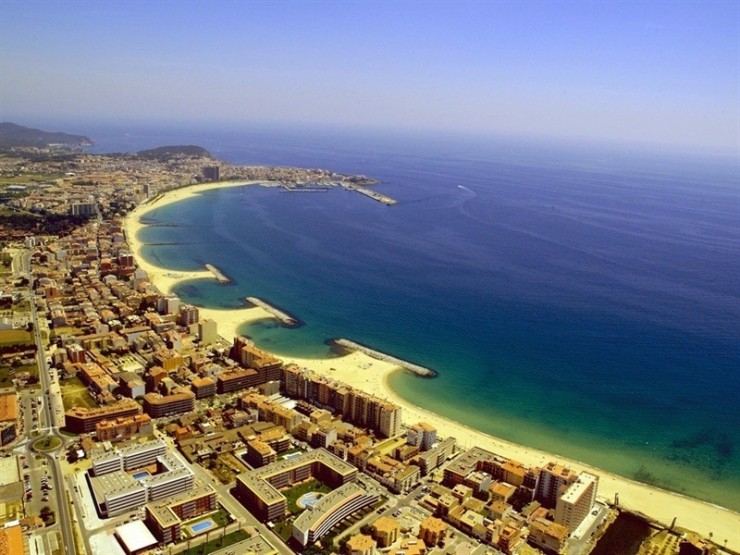
Photo by Unknown
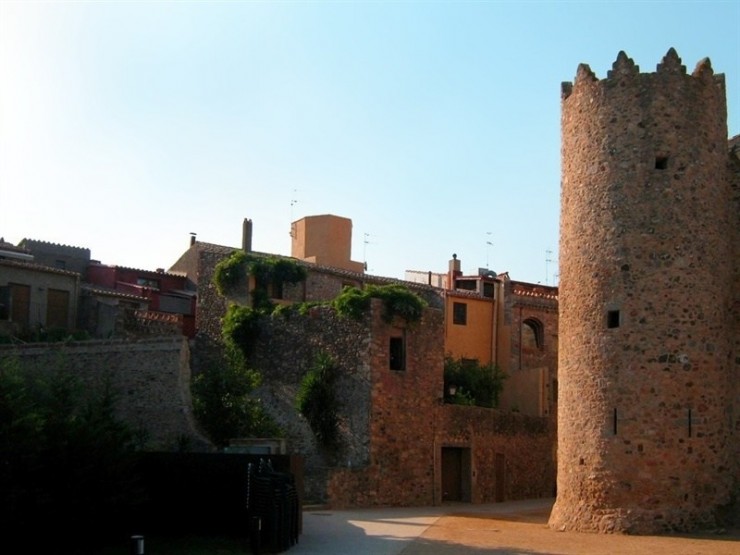
Photo by Unknown
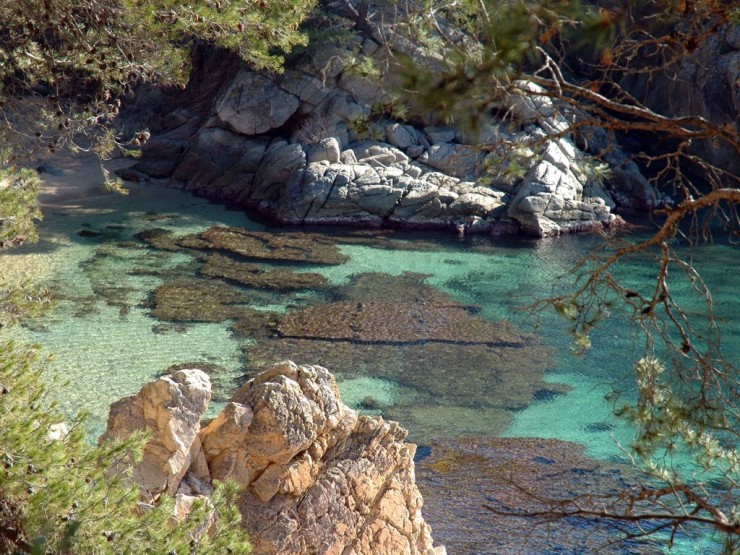
Photo by Unknown
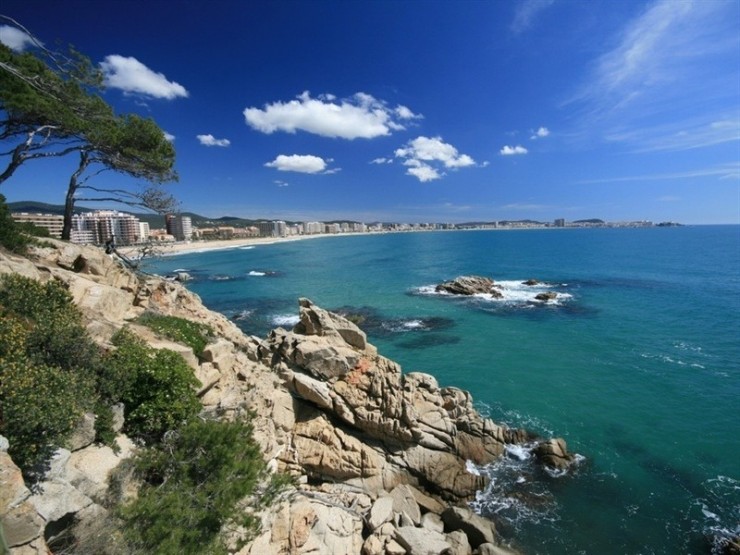
Photo by Unknown
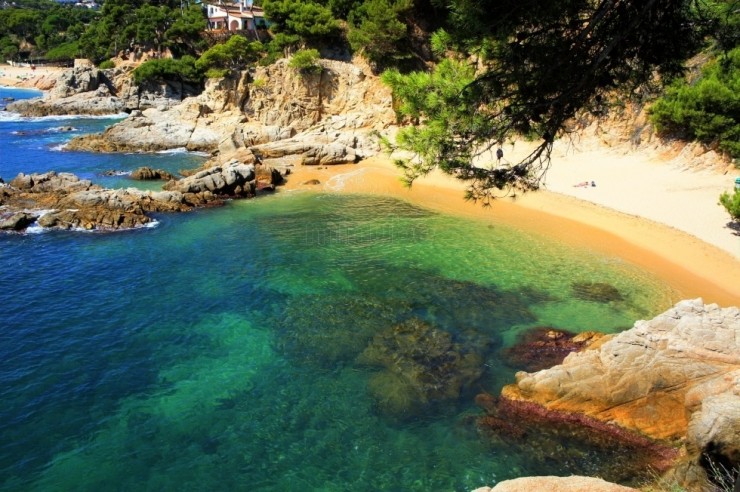
Photo by Unknown
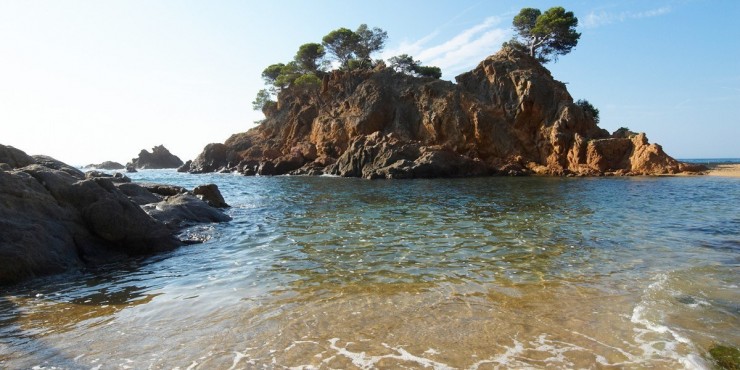
Photo by Unknown
